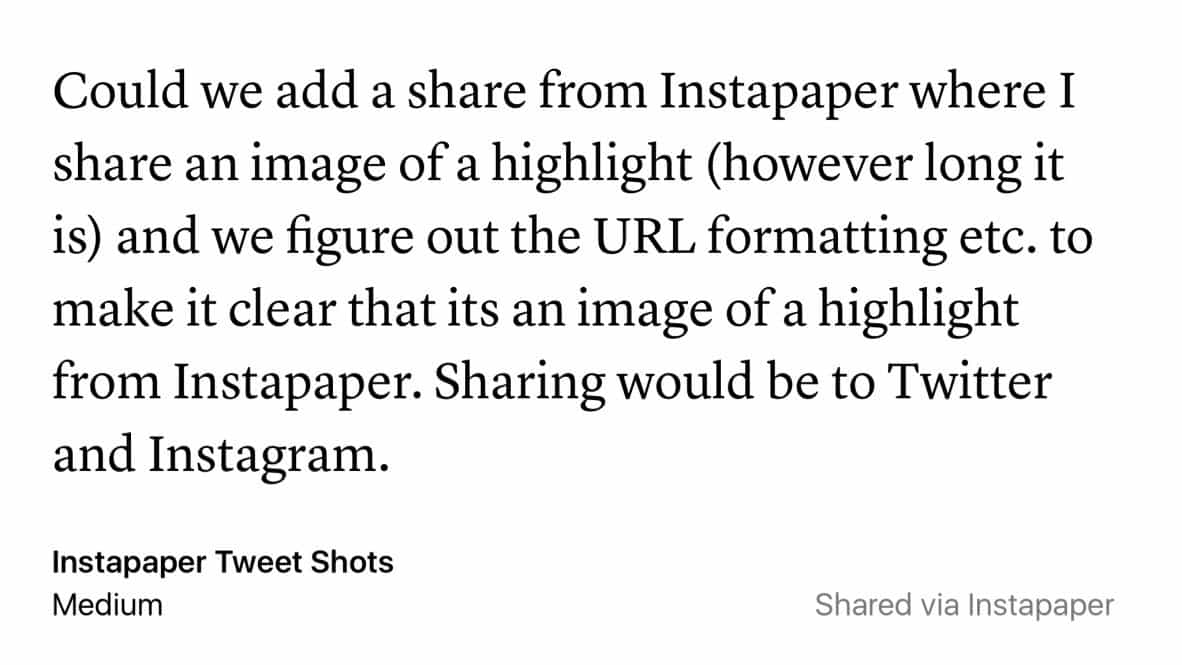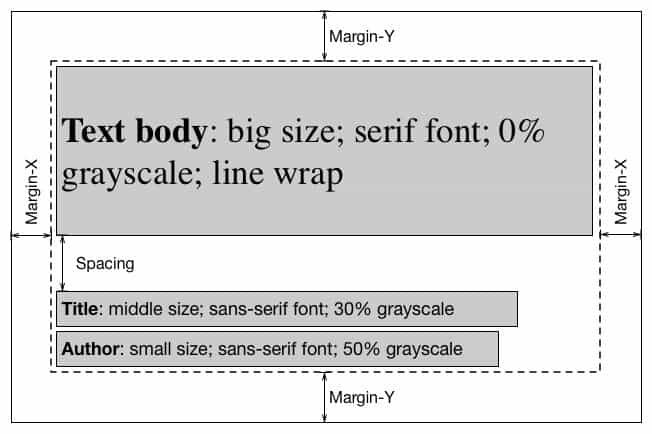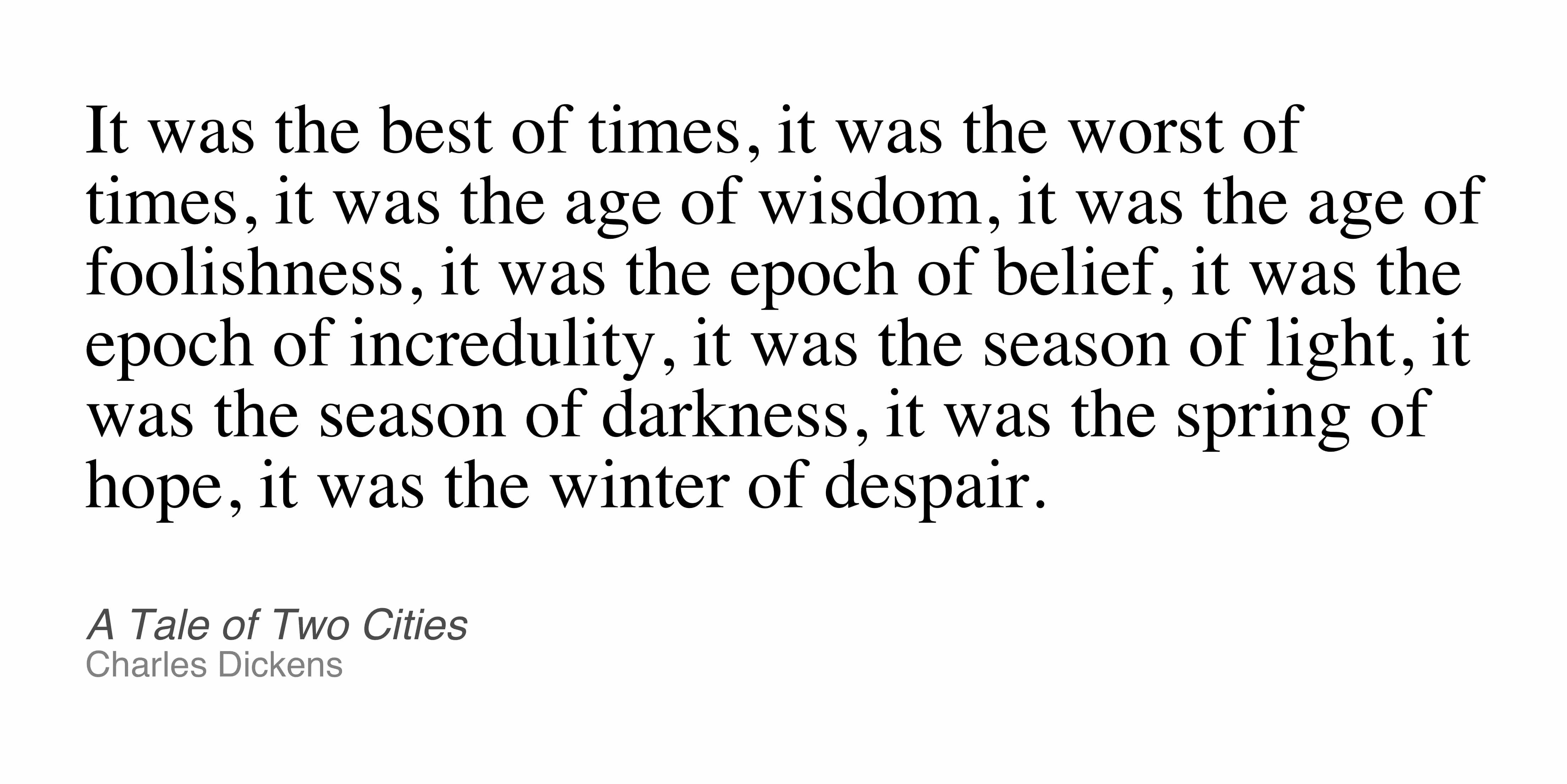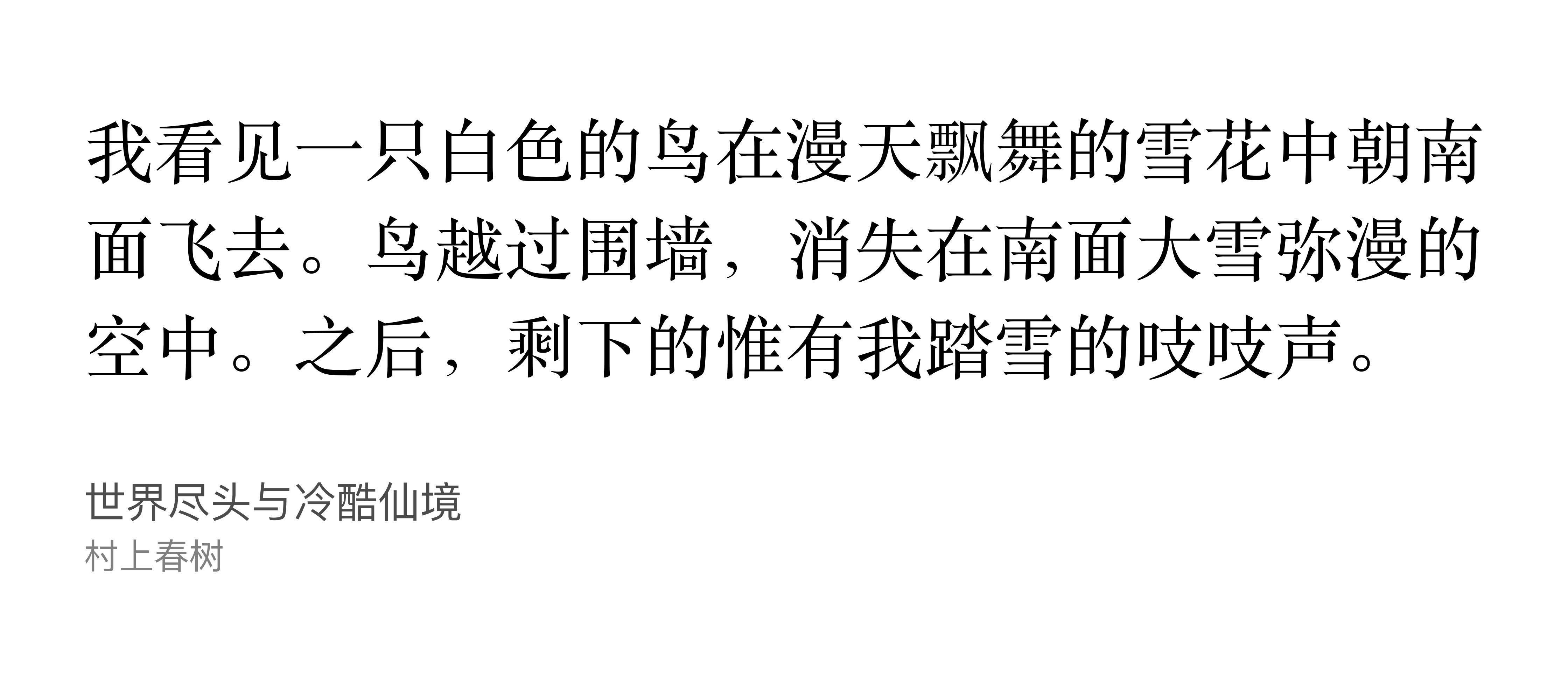Product Thinking
As a PhD student focusing on limited academic fields, to be honest, I’ve not worked for any product-driven companies. For a long time, I am curious about how a product is designed, implemented and finally comes out. And I am very passionate about making things like writing academic papers. On this weekend, I take a little step on this by implementing my own “product” from scratch. This is really a unique experience and I would have done this earlier when I’m still in college. Below is the whole story.
Motivation
I’ve been a big fan of Instapaper since I switched from Pocket years ago. Basically, it is excellent for its beautiful design, e.g., interaction, typography, color themes. And, since it is acquired by Pinterest, we can take unlimited highlights or notes for free while reading articles (It is a premium feature before the acquisition.) so it becomes a totally free service. For comparison, Pocket, known as Instapaper’s main competitor, gets native advertising for profit. I have to say such advertising is really a catastrophe for this kind of services.
Since my first try, every tiny detail of Instapaper has attracted me more or less. Among them, a seemingly insignificant feature called Tweet Shots really surprises me. Its basic functionality is really simple: making images from highlighted texts. Below is the resulting image generated in Instapaper for iOS. Yes, this idea is from the CEO John Borthwick.

Such a simple but awesome idea this is! I cannot love it more and actually I wish it could be published as another product individually. After searching on internet, I find some similar ideas, e.g., src2png, text2image and node-canvas-text. None of these looks like what is in my mind so I decided to Do It Myself.
Prototyping
To start with, like writing a research paper, I design an overview of my product. A name? No, I am not ready for entrepreneurship and this article is not a product handbook for professionals. Therefore, I skip /the art of product naming/ and just casually call my product “zQuote” because it uses texts to make images like quotation cards. Then, instead of considering cross-platform, mobile friendly and etc, I target the terminal, i.e., Command Line Interface (CLI). I scribble an expected prototype below.

From a user’s perspective, the core functionality of zQuote is as easy as taking screenshots and then do some image crops. However, taking screenshots cannot ensure consistent visual experience, e.g., typography. Moreover, it can hardly be integrated with other programs. Thus, in my opinion, this is not an alternative solutions to be considered.
Tech Stack
Then, for determining the tech stack, the first tool coming into my mind is $\LaTeX$. It is a reliable tool for generating steerable and high-quality documents so I can afterwards convert the results, e.g., pdf, into image formats using ImageMagick. However, it is more like a dirty hack than a feasible solution.
Then, I consider OpenCV as I have some pleasant experience of processing images using it. However, it is dedicated for computer vision and has few functionalities for typography. It does not seems to be a good choice either.
Cairo is a 2D graphics library with support for multiple output devices. I heard this program before when I use gnuplot. It seems good for processing text rendering and it can also generate image files in “png” format. I take a quick try and it indeed performs well in converting text into images. However, the biggest problem is that it does not support line wrap which is a critical requirement in zQuote. Therefore, I try to manually calculate the width of every single character, hoping to realize a hard line wrap. However, I have to admit that I overestimate this issue. Chinese characters and English letters have different width and it seemingly relates to font family too. Even for the whole English texts, line wrap is a challenge when considering letter, word and hyphen. Fortunately, I find Pango which is a library for laying out and rendering of text. Also, it considers internationalization. As it is said on Pango’s official site, the integration of Pango with Cairo provides a complete solution with high quality text handling and graphics rendering. I try it out and it works like a charm including line wrap.
Finally, the tech stack is set as Pango with Cairo in C programming language as both of them are written in C.
Challenges
Actually, using Pango with Cairo solves most challenges including line wrap and internationalization problem. However, there is also a challenge which makes precisely controlling margins tricky. On the one hand, a fixed size has to be specified for creating a new surface before rendering text. On the other hand, the size of the text area is unknown unless a surface is available. This is really a contradiction. Luckily, Cairo supports a special surface called “recording surface” of undefined size. Such surface can record all the operations of text rendering and layout. It is easy to map it to a normal surface after the size of text area is calculated on the “recording surface”.
Promotion
I am not ready for this step yet but the whole repository of this project is on Github. Below are some sample results.


Conclusion
Making product is different from doing academia. I conclude several humble thoughts through my experience of zQuote:
- Start from a little, humble, insignificant idea.
- Never underestimate the cost of realizing a seemingly simple idea before you start.
- Forget about those dirty hacks and find the dedicated stepping stones.
- Divide your product into simple pieces and conquer them one by one, step by step.